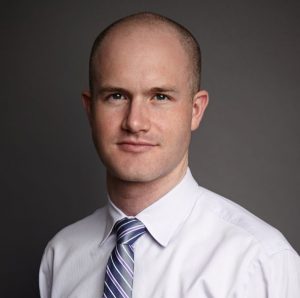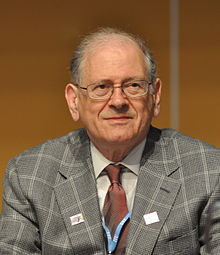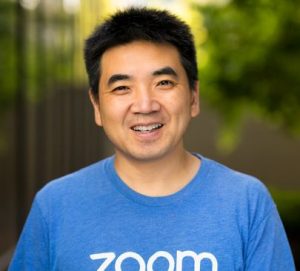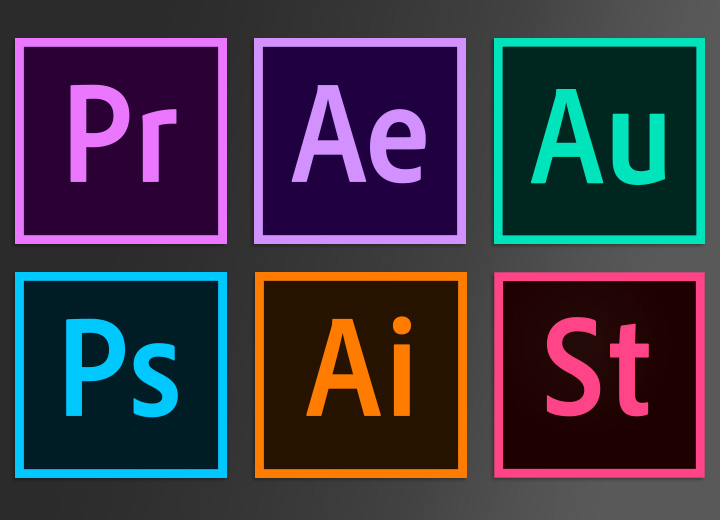Brian Armstrong : The Nerd Who Co-founded Coinbase; the Future “Google” of Crypto
It is rare to find a single person with a technical background who also has a great sense of business. Such a person is capable of building a robust business model that will pay off really well and sustain in the changing technology and business needs. Brian Armstrong, a nerd from San Jose, who had been experimenting with various businesses, since his teens, and also had an immense interest in programming languages, ended up in building the world’s largest cryptocurrency exchange; Coinbase.
Early Life
Armstrong was born on 25 January 1983 and was brought up in the San Jose, in California. He was still in school when he developed an interest in computer programming. He started learning Java and CSS, that led him to get work from local firms from San Jose when he was still in school and created websites for them. His neighbour’s garage was his first office.

In 2001, after completing his school, he went to Rice University, where he completed a graduate degree in Computer Science along with another graduate degree in Economics. He also received a master’s in Computer Science from the same university.
Early Career
During his bachelor’s in Computer Science, Armstrong had done a four months’ internship as the Team Lead at IBM San Jose. There he developed tools for Network Attached Storage devices based on Java. Later, when he completed his graduate degree in Computer Science, he started working as an Enterprise Risk Management Consultant at Deloitte and Touche.
In 2003, he co-founded UniversityTutor.com. The website helped people find personal tutors in their area. On 16 May 2011, Brian joined Airbnb as the software engineer and worked there for a year.
Founding Coinbase
Armstrong was always interested in starting some business and actively thought of many ideas for that. By the end of 2010, he came across to the concept of Bitcoin. Being a technical product, it was quite amusing for him. At the same time, he got familiar to the fact that there were not many marketplaces for the exchange of bitcoin.
Being a computer programmer and an economist, he was capable of conceiving a plan to create an exchange marketplace for Bitcoin. In July 2011, Brian came together with Fred Ehrsam, who worked at Goldman Sachs, to co-found Coinbase.
It was the time when a single Bitcoin priced at $10 and buying Bitcoins required serious tech chops. Coinbase was the alternative for such transactional platforms, where people could use the traditional bank accounts to purchase cryptocurrency, similar to using PayPal. The two founders got Coinbase to enter into Y Combinator startup incubator, in 2012, to raise funding for the company.
In October 2012, the two launched the company and started operations of buying and selling the cryptocurrency through bank transfers. In 2013, the company received funding worth US$5 million from the venture capital firm Union Square Ventures.
Due to the ease of use, by the year 2014, the company had a million users using its services. In the same year, the company acquired Kippt, the blockchain explorer service. It also launched the vault service for secure storage of bitcoin as well as added a feature to process Bitcoins to payment apps like Stripe, Braintree, and PayPal.
In 2015, the company launched the Coinbase Exchange, through which the professional traders could exchange the cryptocurrency. By 2016, the company had added Ethereum to its platform and also rebranded the exchange name to Global Digital Asset Exchange (GDAX). Currently, the exchange process the transaction of multiple cryptocurrencies, but has stopped the same for Ethereum, due to suspicion of the attack on the network.
The company is currently processing its wallet in 32 different companies.
Personal Life
In 2017, Armstrong was listed as Fortune 40 under 40, and later, recode under the 100 list. By the end of 2018, he was among the list of billionaires, and his net worth was estimated between $900 million and $1 billion. Currently, he serves as the CEO of Coinbase, the company having over 200 employees.

Yashica is a Software Engineer turned Content Writer, who loves to write on social causes and expertise in writing technical stuff. She loves to watch movies and explore new places. She believes that you need to live once before you die. So experimenting with her life and career choices, she is trying to live her life to the fullest.





